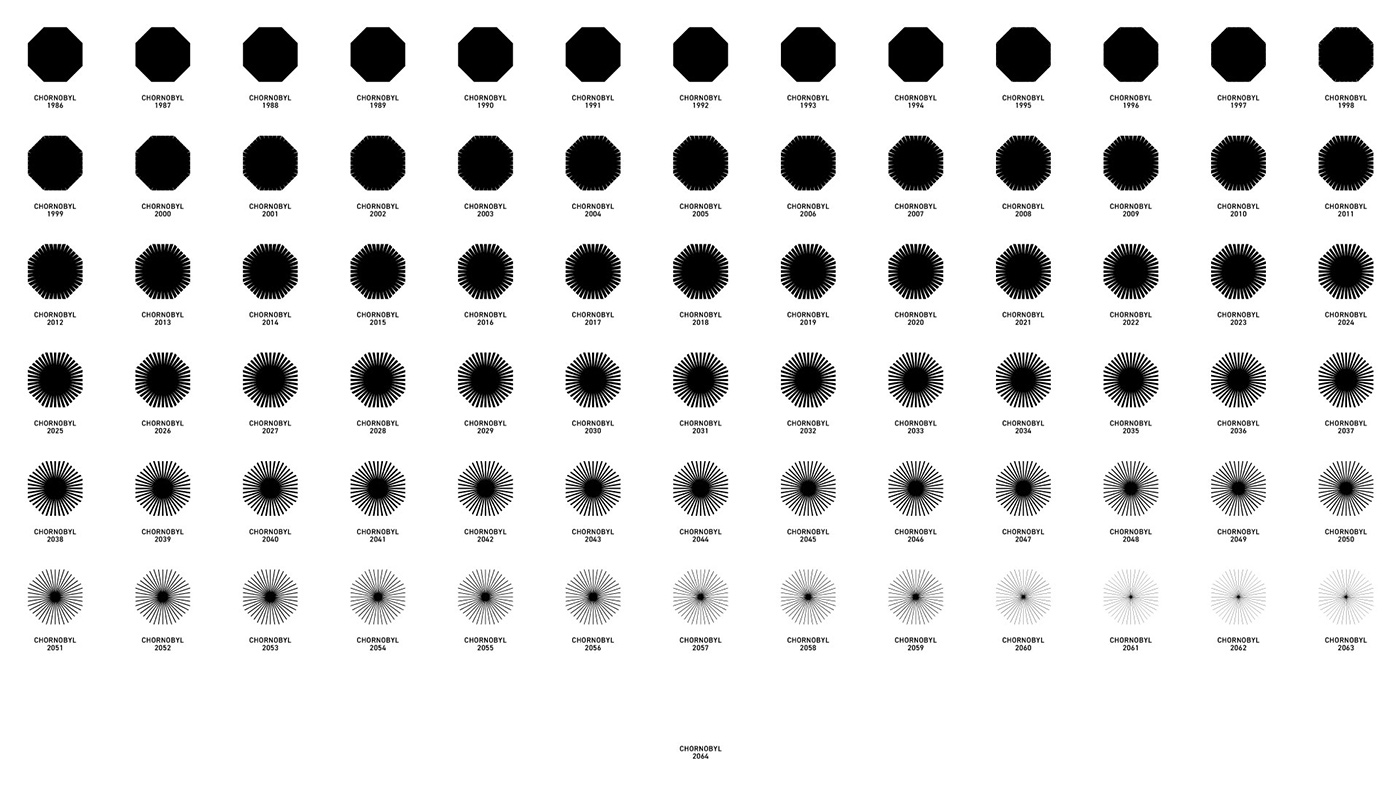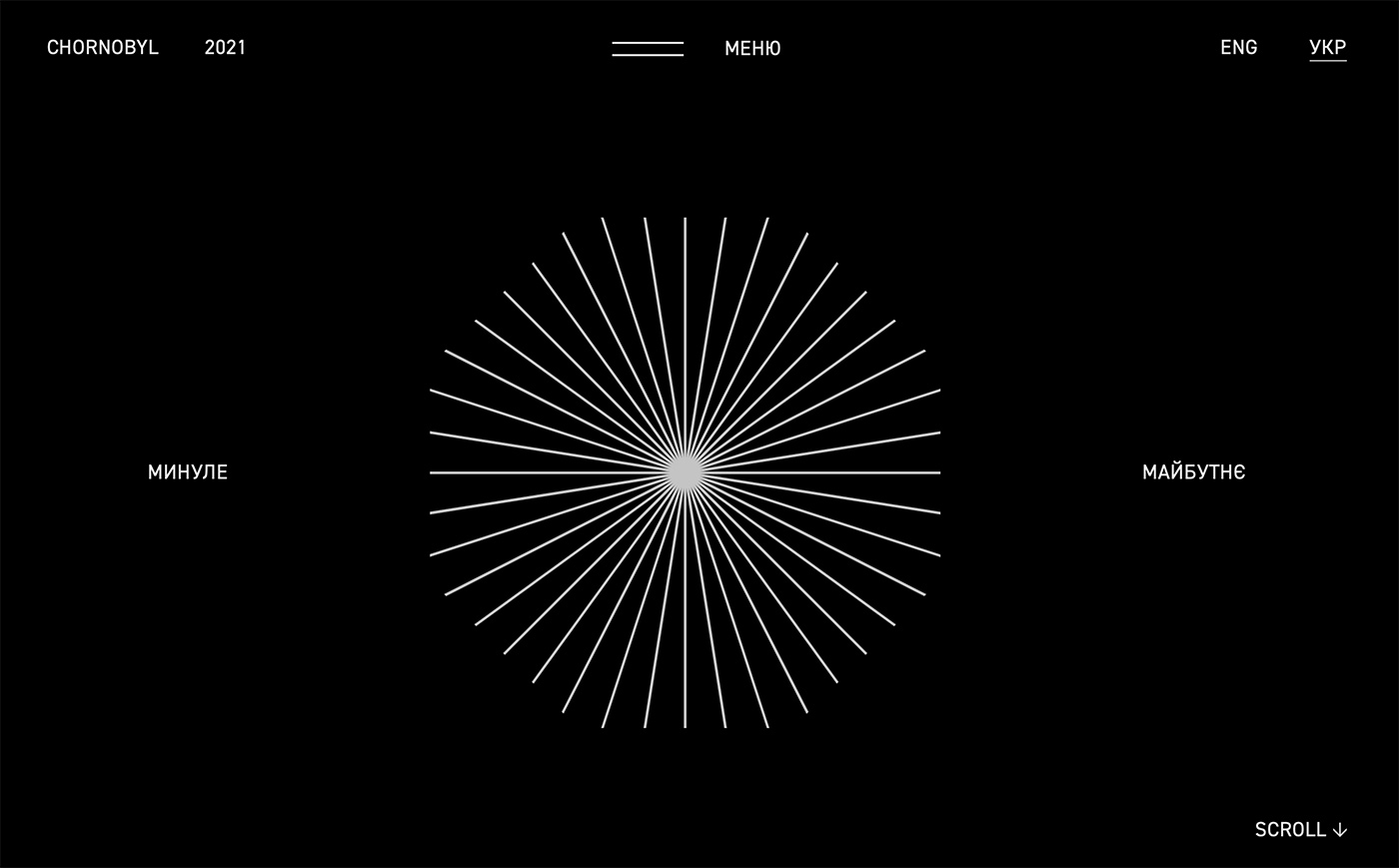On April 26th, 1986, events at Chornobyl Nuclear Power Plant changed the world (the Chernobyl mini-series was a dark, fascinating watch). Many people know about the tragedy, but far fewer know that the cities of Chornobyl Exclusion Zone are gradually disappearing, being destroyed by neglect and absorbed by nature. This means that over time no one will be able to see the consequences of the man-made disaster.
Kiev-based creative agency Banda toured the Exclusion Zone, and the impression made by the disappearing cities was so strong that they began negotiations with the Zone’s representatives. The Chornobyl Exclusion Zone logo was designed with the support of the Ministry of Environmental Protection and Natural Resources of Ukraine, the State Agency of Ukraine on Exclusion Zone Management, and the State Agency for Tourism Development.
“More than a year ago we began our work on the Zone’s new branding and we created the vanishing logo. This idea most accurately communicated the situation with the disappearing cities. Then lockdown happened and it wasn’t the right time to show the update. No one would be able to go to Chornobyl due to quarantine restrictions. Now Chornobyl is again open to tourists, so we can finally share the results of our cooperation.”
The form of the logo is based on the shape of the fourth reactor — the place where it all began. Every year the Chornobyl logo changes, becoming lighter in weight until the end point of its existence in 2064 when the Chornobyl Power Plant will be completely decommissioned.
Banda created a visual identity around the logo, and just like the mark, the various designed items change each year on April 26th. Banda hopes that these changes create collectors items, while sharing a reminder of how the past always influences the present.
The chornobyl.today website was designed by Other Land and developed by Orient.
More from Banda.
If you liked this, you might also like the Lale logo (from the archives), identifying the children’s channel in Ukraine.
















Comments
The concept is fantastic, and the applications look great, but no amount of clever branding is going to make me want to tour a nuclear fallout site and willingly expose myself to radiation — no matter how low those levels might be by taking precautions (limited exposure time, long clothing, etc.) That’s gonna be a hard pass from me.
A day at Chornobyl equals a two hour flight on a plane in terms radiation.
The fact that the logo ‘vibrates’ because of visual side effects is an impressive level of genius…
Sad how far away those years are, but this campaign should help to keep it in the public mind. It’s a great concept and I love the apparel.